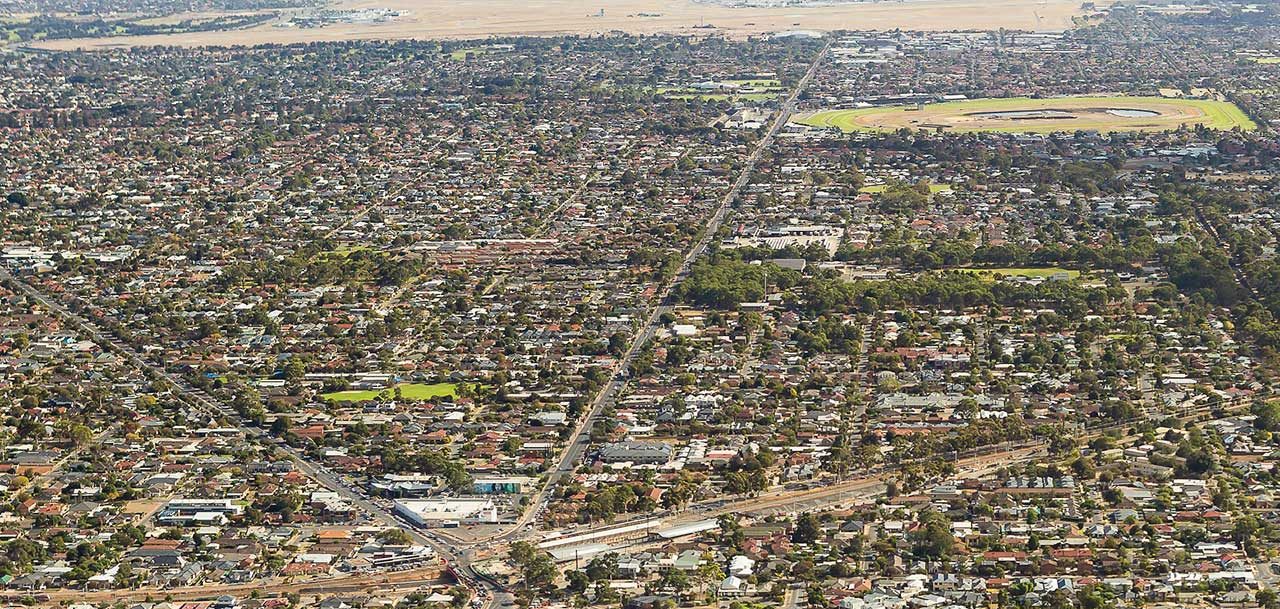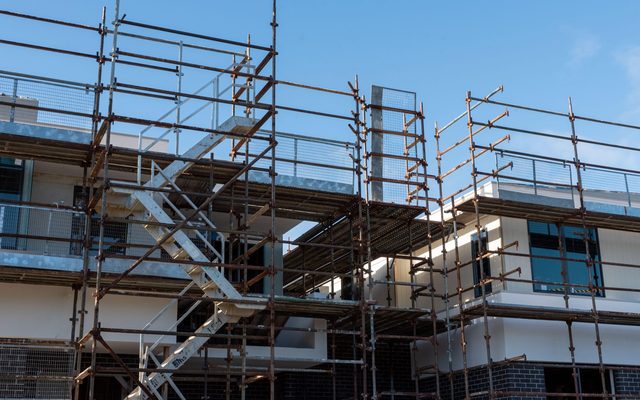This article is from the Australian Property Journal archive
MOST Australian mortgage holders should be able to ride the wave of interest rate hikes, with prime mortgage arrears coming from a strong position ahead of steep monetary policy tightening.
According to S&P Global Ratings’ latest RMBS Performance Watch: Australia, the majority of borrowers should be set up to endure a moderate level of ongoing interest rate rises, thanks to relatively modest loan-to-value ratios and higher seasoning of loans.
These conditions should allow mortgage holders greater options for self-managing their way out of any potential financial stress, as well as dodging entering arrears. Particularly as competitive refinancing conditions result in a broader range of options.
However the previous primary buffer of built up household savings is now diminishing as cost-of-living pressures begin to take hold and pent-up demand drives consumer spending.
Mortgage stress will definitely impact some mortgage holders in the current landscape, though low employment levels and wage growth are likely to relieve the transition from arrears to default.
The report did note that the current landscape of consistent interest rate rises presents an unknown for some Australian borrowers.
Particularly for new homeowners, who are typically more highly leveraged with limited repayment history.
“We expect strong competition for prime-quality borrowers to drive up prime prepayment rates in the coming quarters. This will come as lenders prepare for a strong rise in refinancing activity with the upcoming expiration of many ultra-low fixed-rate home loans,” read the report by lead authors Erin Kitson and Kate Thomson.
The report also noted that rising mortgage costs combined with the current inflationary environment is likely to serve as a catalyst for many borrowers to explore potential better mortgage deals.
Over the second quarter, prime prepayment rates rose to 21.60% from the previous quarter’s 20.57%.
However, prepayment rates are expected to fall in the medium to longer term as borrowers are less able to make additional payments.
While nonconforming prepayment rates reached 31.24% from 29.52% over the quarter, but are also expected to fall as opportunities for refinancing become more limited for those most represented in these transactions.
S&P Global Ratings forecasts house prices to fall by as much as 18% from their peaks in the coming 12-18 months, with most RMBS transactions again protected by modest LTV ratios.
Though the report’s top 10 worst-performing postcodes paints a more pessimistic picture of those areas already falling into arrears.
With 4.38% of loans in arrears, Ballajura in WA is the worst performing suburb in the country as at 30 June 2022.
Forrestfield, again in WA, follows with 4.17% of loans in arrears. With Bankstown, NSW at 3.56%, Yagoona, NSW and Sandown Village, VIC both at 3.37%, Alpine, NSW at 3.36%, Barkly, QLD at 3.29%, Binduli, WA at 3.21%, Acton, TAS at 3.18% and Bayview, NT at 3.16%.
Meanwhile, the gap between investor and owner-occupier arrears fell back to a more typical position after constraining during the pandemic.
This was a result of rental relief reducing landlord cashflows, which is now seeing the reverse conditions, with the rental crisis upping yields and investors able to pass on cost increases to tenants.
The rise of nonbank loans was also accelerated by the pandemic, with nonbank loan outstandings now making up just below 50% of prime loan outstandings.
Some nonbank lenders are anticipated to capitalise on lending opportunities derived from banks pulling away from some lending segments like higher DTI lending.
Over the second quarter, prime nonbank mortgage arrears reached a record low of 0.29%, falling faster than prime equivalents
“This partly reflects the lower seasoning levels in the nonbank sector due to strong issuance in recent years as banks pulled back from securitization markets,” read the report.
However, lower seasoning levels can also mask arrears, which could simply take longer to to become apparent.
Lower arrears in nonbank transactions could also be a result of higher exposure to investor loans, which typically report lower arrears than owner-occupier loans thanks to a greater presence of interest-only periods.




